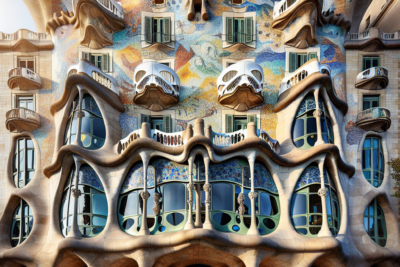
- Understanding the Architectural Significance of Sagrada Familia Towers
- The Unique Features of Sagrada Familia's Iconic Towers
- A Journey Through the Symbolism of Sagrada Familia Towers
- How the Towers of Sagrada Familia Reflect Gaudí's Vision
- Visiting the Sagrada Familia Towers: Tips and Insights
- The Historical Context of Sagrada Familia's Tower Design
The Sagrada Familia, designed by the visionary architect Antoni Gaudí, is a masterpiece that captivates millions of visitors each year. Its towering spires and intricate details tell a story of artistic ambition and spiritual devotion, making it one of the most recognizable landmarks in Barcelona.
As we delve into the experience of Exploring the Iconic Towers of Sagrada Familia in Barcelona, we discover how these soaring structures not only define the skyline but also embody Gaudí's unique approach to nature and light. Each tower is a testament to the blend of artistry and engineering that characterizes this extraordinary basilica.
Understanding the Architectural Significance of Sagrada Familia Towers
The towers of the Sagrada Familia are not just architectural feats; they are profound symbols of **spiritual aspiration**. Standing tall, each tower represents a different aspect of the Christian faith, with the central tower dedicated to Jesus Christ and the surrounding ones honoring the Virgin Mary and the apostles. This careful representation highlights Gaudí's intention to create a narrative that connects the heavens with earthly existence.
One of the most striking features of the towers is their organic design, which draws inspiration from natural forms. Gaudí believed that architecture should reflect the **harmony of nature**, and this philosophy is evident in the intricate details and textures of the spires. The **use of color** through stained glass and the interplay of light further enhance the spiritual ambiance, allowing visitors to experience a sense of tranquility and reflection.
To illustrate the architectural significance of the Sagrada Familia towers, consider the following comparisons:
| Tower | Height (meters) | Symbolism |
|---|---|---|
| Jesus Christ Tower | 172.5 | Divinity |
| Virgin Mary Tower | 100 | Motherhood |
| Apostles Towers | 90 | Faith |
Ultimately, the towers of the Sagrada Familia serve as a **bridge between faith and art**, inviting all who gaze upon them to ponder their deeper meanings. Each detail, from the **crown-like tops** to the elaborate façades, contributes to a greater architectural narrative that has yet to be fully realized, making the basilica a **living work of art** that continues to evolve.
The Unique Features of Sagrada Familia's Iconic Towers
The towers of the Sagrada Familia stand out not only for their impressive height but also for their distinctive design features. Each spire is adorned with intricate carvings that symbolize various elements of Christianity, showcasing Gaudí's devotion to his faith. The colorful mosaics on the towers serve to reflect light in a myriad of ways, creating a dynamic visual experience that changes throughout the day.
A notable characteristic of the Sagrada Familia's towers is their asymmetrical structure. This design choice is intentional, representing the natural irregularities found in nature. Gaudí aimed to create a sense of movement and life through these towers, which evoke the feeling of reaching towards the sky. Each tower is capped with a unique crown, further emphasizing its individuality while contributing to the overall harmony of the basilica.
The materials used in constructing the towers also play a crucial role in their uniqueness. Gaudí combined local stone with innovative techniques to create a structure that is not only aesthetically pleasing but also durable. This choice of materials ensures that the towers will withstand the test of time, much like the enduring messages of faith they embody. The following list summarizes key features of the towers:
- Height Variability: Each tower varies in height, symbolizing different aspects of the Christian faith.
- Symbolic Crowns: The crowns on top of each tower represent various religious ideals.
- Use of Natural Materials: Local stone and modern construction techniques enhance durability.
- Dynamic Mosaics: Colorful mosaics that reflect light, creating a vibrant atmosphere.
In conclusion, the unique features of Sagrada Familia's towers encapsulate Gaudí's vision of a sacred space that transcends mere architecture. They are not only a testament to his artistic genius but also a beacon of spiritual enlightenment, inviting visitors to engage with their deeper meanings.
A Journey Through the Symbolism of Sagrada Familia Towers
The Sagrada Familia towers are not only architectural marvels but also rich in symbolism, reflecting the essence of Christian faith and the natural world. Each tower tells a story, embodying themes of **sacredness**, **community**, and **divine connection**. As visitors explore these towering structures, they are invited to contemplate the spiritual narratives that transcend the physical design.
One of the most compelling aspects of the Sagrada Familia towers is their intricate detailing, which represents various elements of spirituality. For example, the **Jesus Christ Tower** serves as the pinnacle of the basilica, symbolizing divinity and the ultimate connection to the heavens. Other towers, dedicated to the Virgin Mary and the apostles, reflect themes of motherhood, sacrifice, and faith, collectively creating a profound spiritual atmosphere.
- Jesus Christ Tower: Represents ultimate divinity and the promise of salvation.
- Virgin Mary Tower: Symbolizes nurturing and compassion, reflecting maternal love.
- Apostles Towers: Honor the foundation of the Christian community and the teachings of faith.
Additionally, the unique design choices made by Gaudí contribute richly to the towers' symbolism. The **asymmetry** seen in the tower heights echoes the irregularities of nature, while the vibrant **mosaics** crafted from colored glass create a play of light that evokes a sense of wonder and spirituality. This harmonious blend of natural forms and spiritual meaning invites visitors to reflect on their own journeys of faith.
How the Towers of Sagrada Familia Reflect Gaudí's Vision
The towers of Sagrada Familia are a remarkable embodiment of Gaudí's visionary philosophy, merging architecture with spirituality. Each tower is designed not only for aesthetic beauty but also to serve as a profound statement of faith. For instance, the towering structure dedicated to Jesus Christ, the tallest of them all, symbolizes the aspirations of humanity to reach towards the divine. This connection between the earthly and spiritual realms is a hallmark of Gaudí's work, inviting visitors to reflect on their own beliefs.
In addition to their symbolic meanings, the towers showcase innovative architectural techniques that redefine traditional design. Gaudí employed a variety of materials and methods inspired by nature, leading to the organic shapes and forms that characterize the basilica. This approach stems from his belief that structures should be in harmony with their surroundings, making the towers more than mere constructs—they are living sculptures that narrate the story of creation and faith.
The intricate details found on the towers further reflect Gaudí's reverence for nature and spirituality. Each spire is adorned with motifs that incorporate elements from the natural world, highlighting the interconnectedness of life. As visitors ascend or gaze upon the towers, they encounter a tapestry of symbolic imagery that fosters a deeper understanding of the spiritual narratives interwoven throughout the Sagrada Familia:
- Natural Forms: Designs inspired by flora and fauna, reflecting Gaudí's love for nature.
- Religious Symbols: Iconography that encapsulates key themes of Christianity.
- Dynamic Light Play: The use of stained glass creates a shifting atmosphere that enhances the spiritual experience.
Ultimately, the towers of Sagrada Familia manifest Gaudí's desire to create a space where architecture transcends its physical boundaries. They invite contemplation and connection, allowing each visitor to explore their own understanding of faith and beauty within this extraordinary masterpiece. As such, the towers are not just architectural elements but are integral to the overarching narrative of the basilica, continually inspiring awe and reflection.
Visiting the Sagrada Familia Towers: Tips and Insights
When visiting the iconic towers of the Sagrada Familia, it's essential to plan ahead to make the most of your experience. Arriving early in the day can help you avoid the largest crowds, especially during peak tourist seasons. Consider booking your tickets online in advance, which not only saves time but also ensures that you secure a spot for the tower climb, as access is limited and can sell out quickly.
Once you're inside, take the opportunity to explore the unique perspectives each tower offers. The views from the top are truly breathtaking, showcasing not only Barcelona’s skyline but also the intricate details of the basilica itself. Bring a good camera to capture the stunning sights, and don't forget to look for the cleverly designed viewpoints that Gaudí integrated into the towers, providing visitors with a deeper understanding of his vision.
While exploring the towers, be mindful of the climbing restrictions and the physical demands involved. The ascent can be steep and may not be suitable for those with mobility issues. Additionally, wearing comfortable shoes and clothing is highly recommended, as you will want to take your time and fully immerse yourself in the experience. Here are some tips for a more enjoyable visit:
- Check the Weather: Clear days provide the best visibility for panoramic views.
- Stay Hydrated: Bring a water bottle, especially if you plan to spend an extended period exploring.
- Guided Tours: Consider joining a guided tour for deeper insights into Gaudí's architectural philosophy.
- Respect the Space: Remember that this is a place of worship; maintain a respectful demeanor while visiting.
The Historical Context of Sagrada Familia's Tower Design
The design of the Sagrada Familia towers is deeply rooted in the historical context of late 19th and early 20th century Barcelona, a time of significant cultural and artistic innovation. This period, marked by the Catalan Modernisme movement, inspired many architects, including Antoni Gaudí, to break away from traditional forms and embrace new styles that reflected the natural world. The towers themselves are a **culmination of this artistic evolution**, showcasing how architecture can be both functional and a form of expression.
Gaudí's work on the Sagrada Familia began in 1883, during a transformative era for Barcelona. The city was experiencing rapid industrialization and urban expansion, which led to an increased interest in monumental structures that could symbolize local identity. The towers of the Sagrada Familia were designed to stand as **beacons of faith** and pride, influencing not only religious architecture but also becoming icons of Catalan culture. This ambition is reflected in the towers' elaborate designs and their significant heights, which convey a sense of aspiration and devotion.
Throughout its construction, the Sagrada Familia has undergone various modifications that mirror the changing architectural trends and societal values of the times. The initial design, primarily influenced by Gothic styles, evolved under Gaudí's vision into a unique blend of **natural forms** and Christian symbolism. This evolution is particularly evident in the towers, where the integration of organic shapes and innovative techniques reflects both Gaudí's imagination and the historical context of his work:
- Gothic Influences: The early phases drew heavily from Gothic architecture, evident in the pointed arches and verticality.
- Modernisme Elements: Gaudí incorporated curves and natural motifs, distinguishing his design from traditional forms.
- Technological Advances: The use of new materials and construction techniques allowed for greater heights and intricate details.
In essence, the historical context surrounding the Sagrada Familia's tower design serves as a testament to Gaudí's ability to converge **art, faith**, and progress. Each tower narrates a story that transcends time, inviting visitors to connect with both the rich history of Barcelona and the enduring message of spiritual devotion that the basilica represents.
If you want to know other articles similar to Exploring the Iconic Towers of Sagrada Familia in Barcelona you can visit the category WHERE YOU CAN GO.
Deja una respuesta

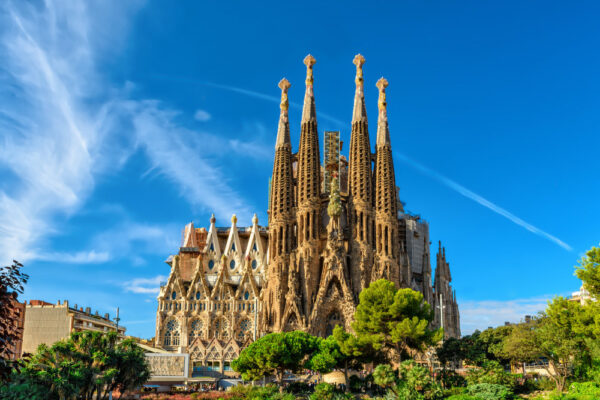
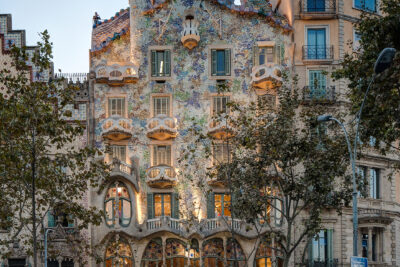
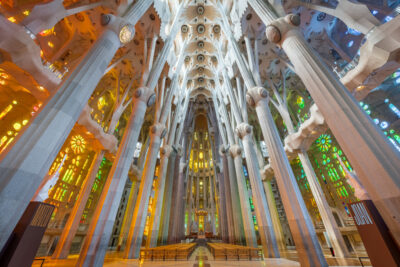
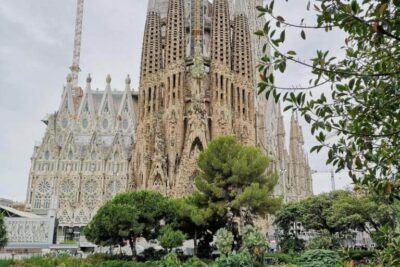
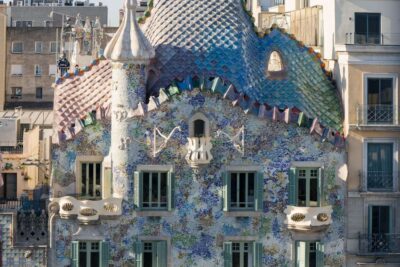
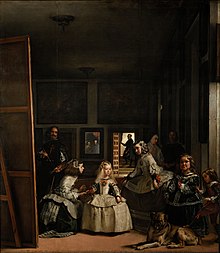
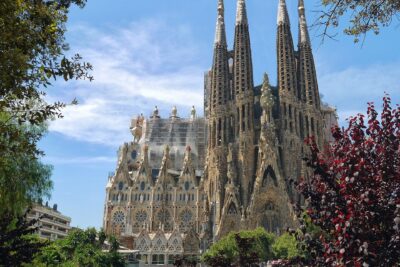
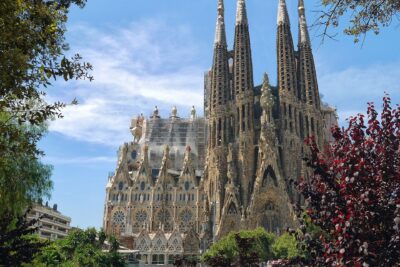
Read more!